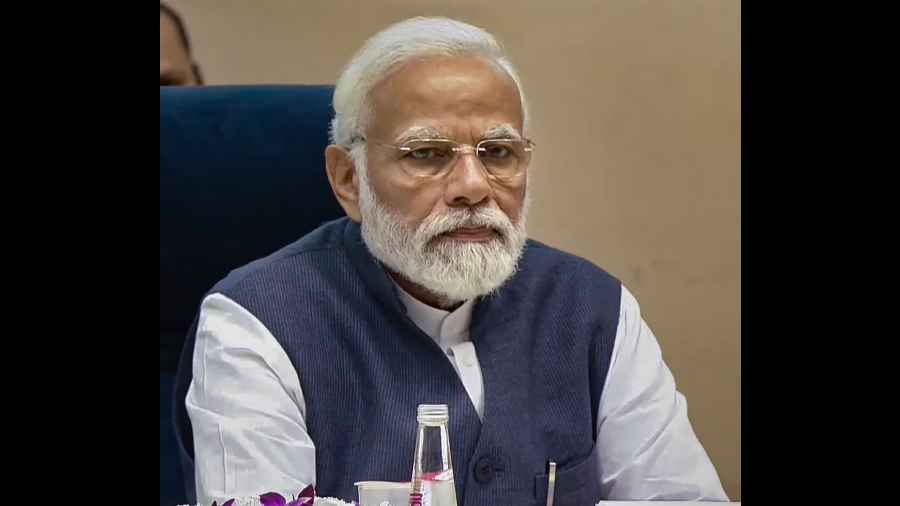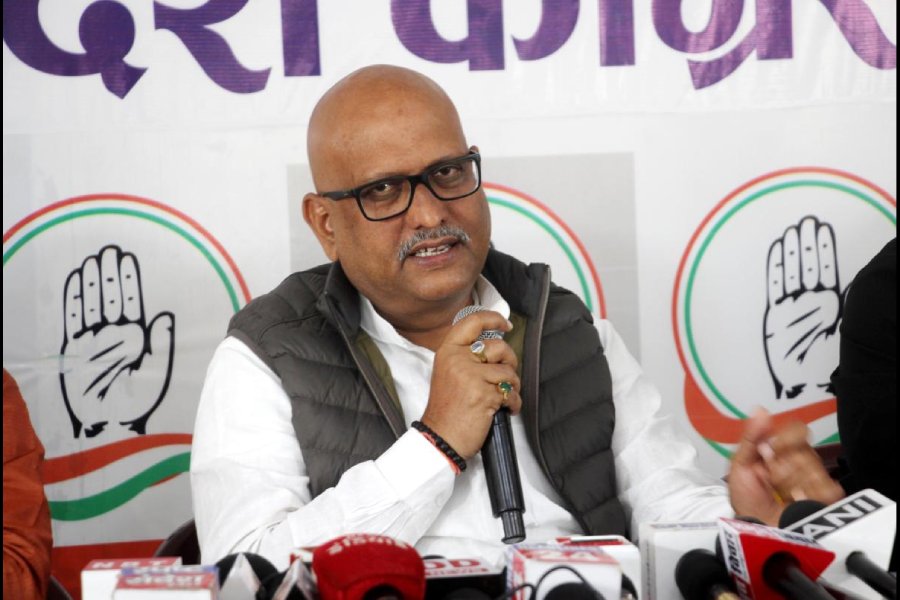The plan put in motion by the Narendra Modi government to reduce India’s caseload of tuberculosis patients to only 65 cases per lakh population by 2025, a full five years ahead of the global target, deserves praise. But it is also an ambitious target. Eradicating the disease from India by 2030 — the target year designated by the World Health Organization — is proving to be a Herculean task already. Before lauding the government for revising — curtailing — the time frame, the hurdles faced by India’s TB eradication programme must be taken into account. According to the Global TB report of 2022, India accounts for 28% of all TB cases in the world: 21.4 lakh cases were confirmed in India in 2021, which puts the incidence at 210 cases per lakh population — a marked improvement from the 2015 baseline of 256 cases per lakh population but still a far cry from the target the prime minister is aiming for. The reasons for the high caseload are diverse. Patients in India have to contend with social prejudices — TB is often discriminated against for being a ‘poor man’s disease’. Women, in particular, slip through the cracks. A 2016 study had found that only one woman is diagnosed with TB for every 2.4 men, while data collected by the Brihanmumbai Municipal Corporation during the pandemic, when testing was more stringent, revealed that more women were suffering from TB than men. There is then the challenge of poor medical infrastructure: India’s primary healthcare infrastructure, particularly in rural areas, is shoddy. There are other, evolving challenges, such as the indiscriminate use of first-line antibiotics in private establishments as well as multi-drug-resistant TB caused by strains of bacteria that do not respond to conventional treatment. Low public awareness often results in patients discontinuing their medical regimes.
Perhaps an equally stiff obstacle is the political pageantry around medical campaigns. The media are, expectedly, excited about Mr Modi’s inauguration of the One World TB Summit as well as the Nikshay app — the latter can only reach those with a smartphone and a stable internet connection — even though the coverage of the real problems afflicting India’s TB programme remains sporadic. Worryingly, the government has now decided to follow its own system to record TB cases — perhaps in the hope of recording lower numbers — instead of sticking to WHO-approved guidelines. Medical goals must be framed realistically. Otherwise, public health will be sacrificed, as it often is, at the altar of populism.










